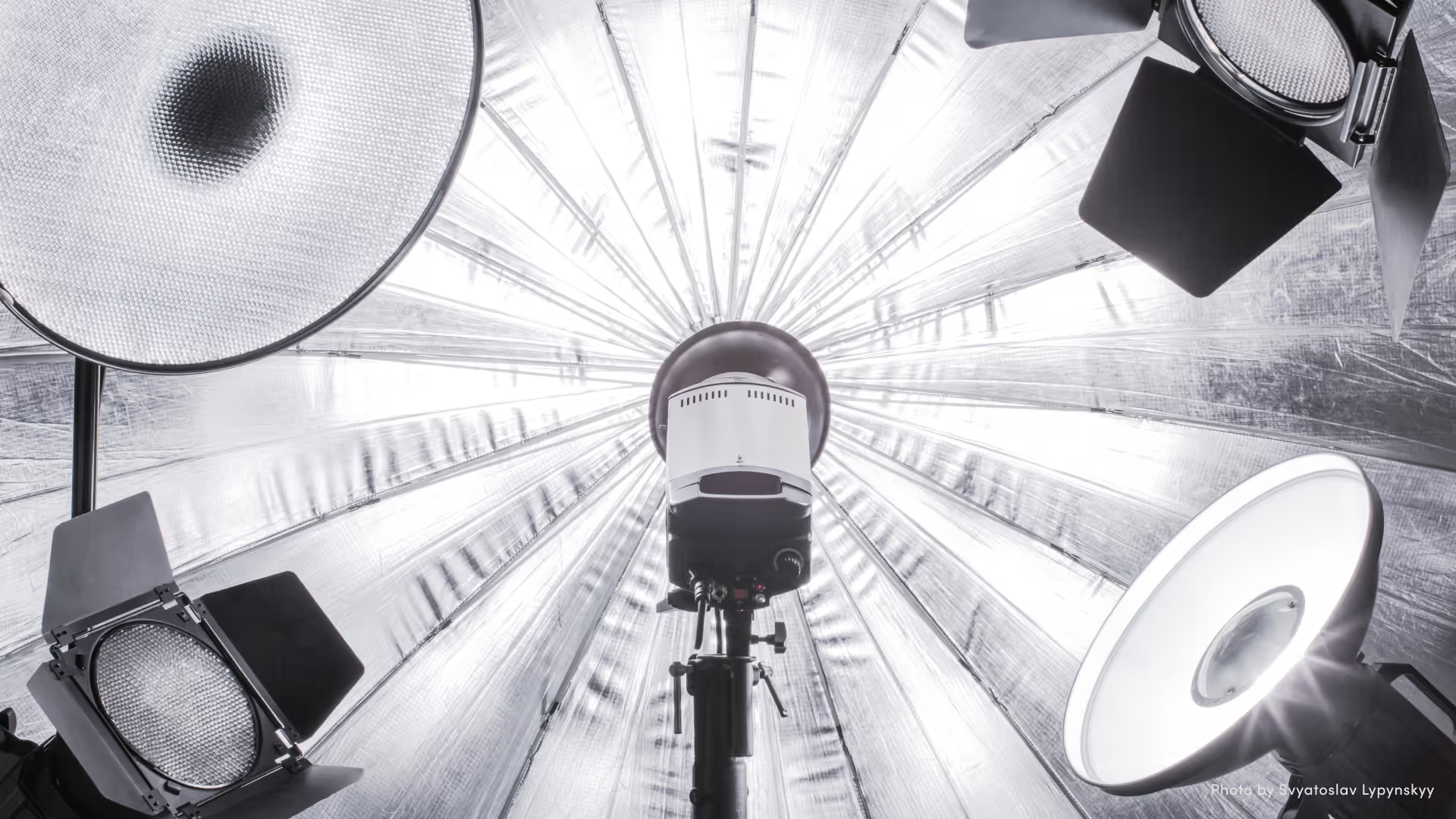
Event photography seems simple enough: Your job is to take photos of a special occasion. Where it gets tricky is in reflecting the actual experience from the participant’s perspective, whether it’s a professional conference for business owners, a product launch cocktail hour, or a wedding’s late-night dance party. Of course, the basic lighting techniques still apply for every event—adjusting shutter speed, aperture, and ISO for correct exposure—but utilizing the advanced lighting techniques listed below can take your event photography from pretty good to print-worthy.
As part of your pre-shoot preparation, think about the vibe and location of the event itself, as well as who the participants are, then plan some shots accordingly. For example, formal events (trade shows, conferences, business meetings, speaking events) might require crisp, clean images that reflect the scene as accurately as possible, while more personal events (weddings, family reunions, cocktail parties) might allow for an artistic approach and more experimentation. Communicate with your client about their expectations, and how your photographic style and vision for the event will fit.

The sun, windows, streetlights, tabletop candles, colorful strobes, a stage spotlight, lamps, sparklers, neon signs, and overhead lights can all be used on their own to create interesting exposures. Look up images of the venue and talk to the client about what ambient light sources there will be, and have an idea of how you might utilize each of them.
One important advanced lighting technique is knowing how to balance artificial lighting with the ambient lighting of any given scene. For a sunset cocktail hour, you might use a soft flash to highlight people having a good time while preserving the rich colors of the sky in the background. A live concert might require direct flash on the lead singer to freeze her jumping in mid-air, but with a slow enough shutter speed to include stage lighting that highlights her bandmates.
There are countless options when it comes to supplemental lighting for event photography, but what’s most important is thinking through what the pace and location of the event will be, then picking out appropriate equipment for the event. Will you have an assistant to operate an off-camera flash, or are you on your own? Is the event fast-paced with unmissable moments, or is it a bit slower with more time to set shots up and play with lighting?
In addition to those factors, make sure you have full mastery over whatever lighting equipment you’re using. Event photography is all about real people (not models!) experiencing one-of-a-kind moments, so you’ve gotta be ready and have all your settings dialed for those split-second opportunities.
Pro-tip: Once you have the external flashes, practice photographing friends in a space similar to the event so you are ready for the big day.

One advanced lighting technique for event photography is to utilize multiple external flashes to provide a key light and fill lights for specific exposures. Knowing how your flashes can work together to layer the light in a frame will take your imagery to the next level. Here are a few things to consider with artificial lighting:

With event photography, you have the benefit of being present for a special time in a person’s life—after all, it’s an event that stands out so much from daily life it warrants hiring a photographer! You’re there to document the people, the place, and the moments in a cohesive way that reflects the feeling, meaning, and importance of it all, beyond simply taking photos. Event photography is a great example of the whole being greater than the sum of its parts. Great event photography captures the essence of the experience, not just the facts.

Here are a few last ideas to try: silhouetting people against a bright background (look for interesting body positions), using a slow shutter speed for motion blur in the background with a flash to freeze the action of the subject, and painting with light (slow shutter speed + moving light source) to highlight a place setting or write something meaningful (like a wedding date + the couple’s initials). Be creative and think outside the box for how you can use advanced lighting techniques, and you’ll create images your event photography clients will cherish for years to come.